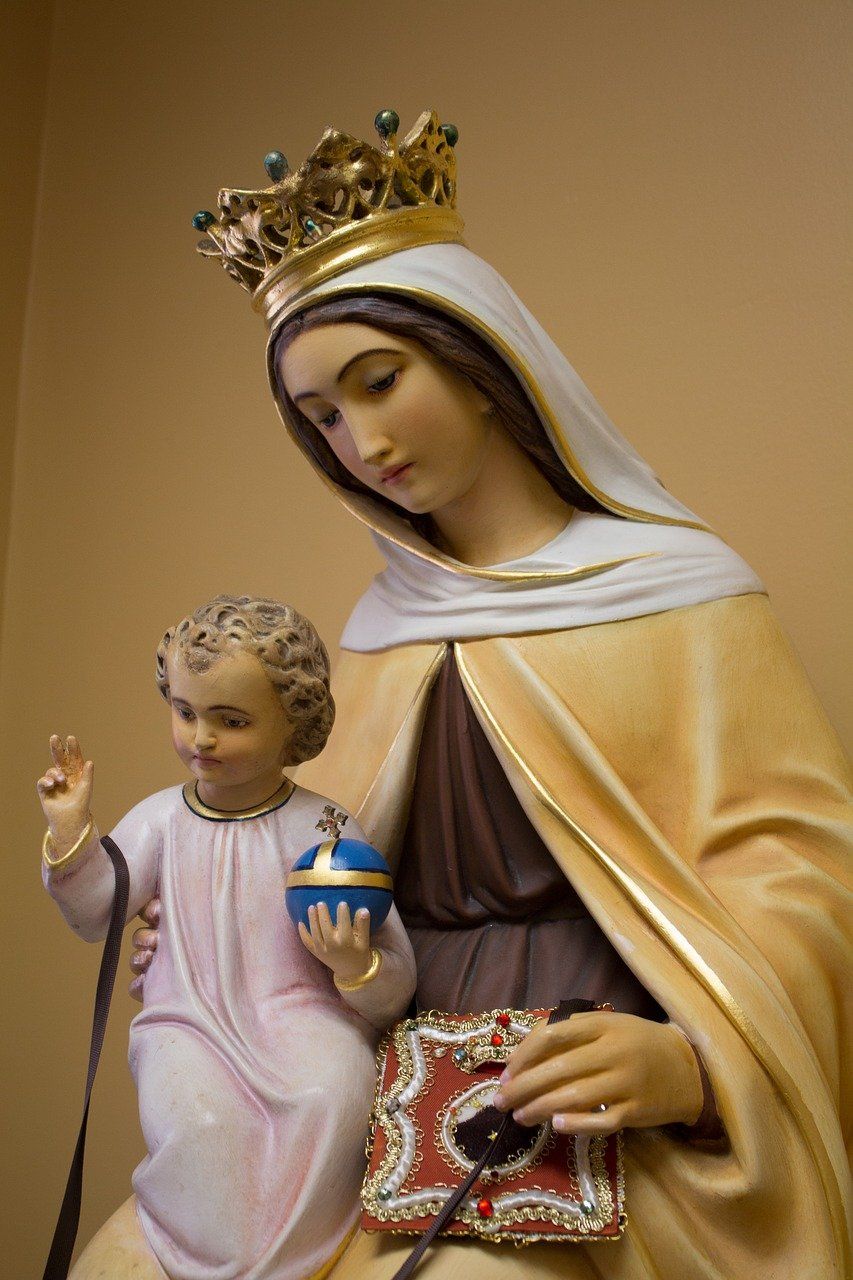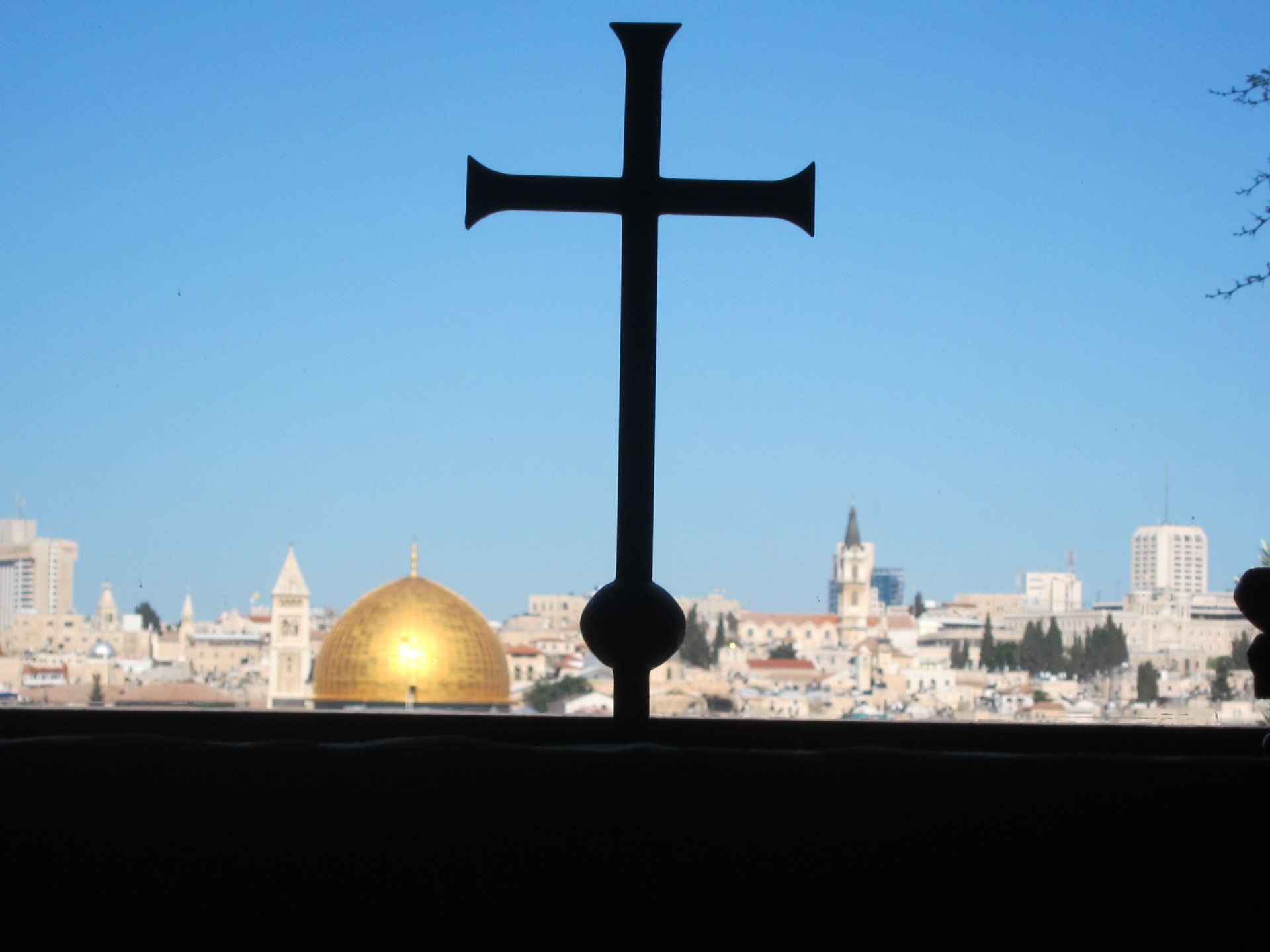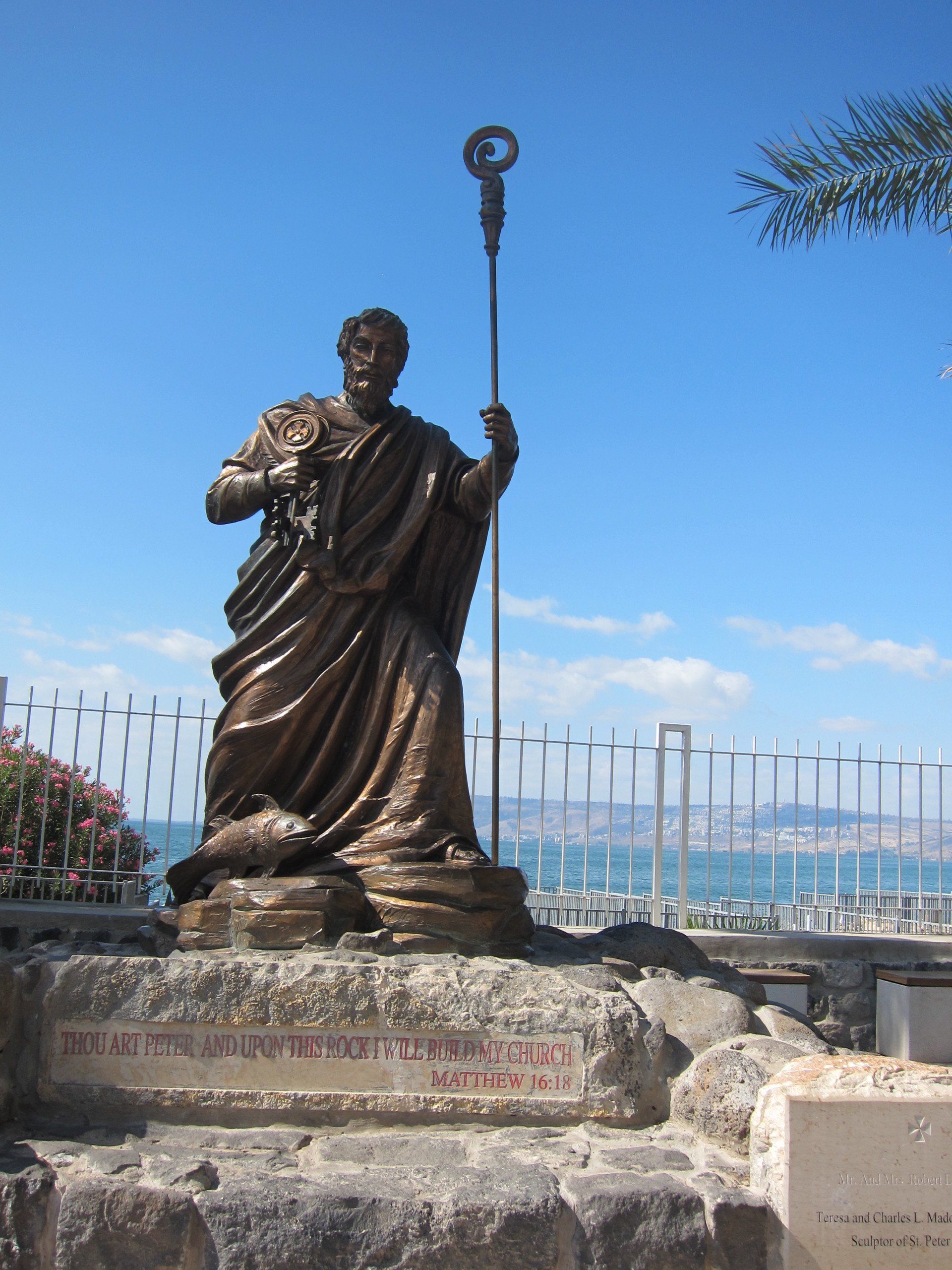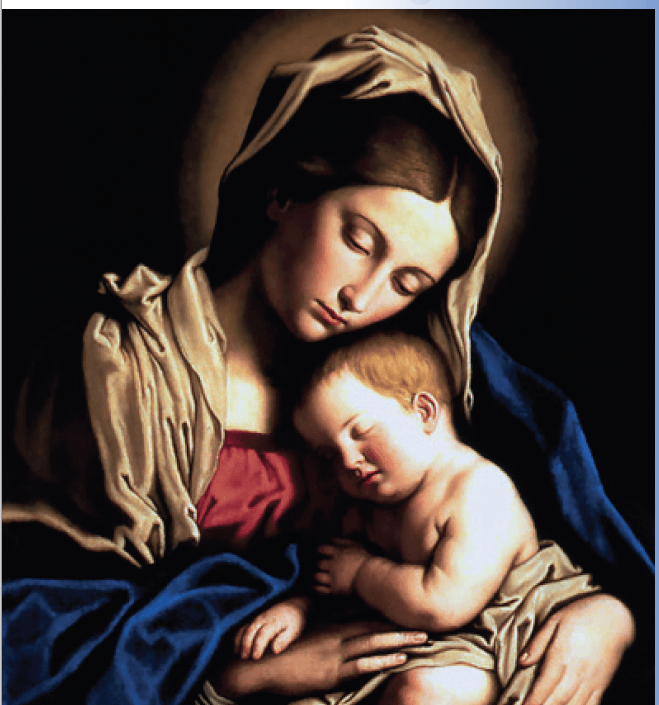ABOUT OUR LADY OF SORROWS
The veneration of Our Lady, through her devotion (Our Lady of Sorrows), has existed for many centuries. Hymns, prayers and intercessions have been written in honour of Our Lady of Sorrows - a devotion dedicated to the Mother of God who's sorrows were laid bear as she stood at the foot of the cross.
The feast itself (celebrated under various titles) can be traced back to the 12th century, where it was promoted by both the Servites and the Cistercians. By the 14th century it was widely celebrate within the Catholic Church, and In 1482 the feast was first added to the Missal under the title of 'Our Lady of Compassion'. In 1668 the Servites of Mary were the first to celebrate the devotion then know as the '7 Dolors of Mary'.
Pope Benedict X111 made the devotion a universal feast by adding it to the Roman Calendar in 1727, and naming the occasion 'Our Lady of Sorrows'. This Feast was celebrated by the worldwide church on the Friday before Palm Sunday for nearly 200 years
in 1913, Pope Pius X changed the feast date to September 15th, a day after the exaltation of the Holy Cross (14th September). The aim being to align the passion of Christ with the Passion of Mary by celebrating the feasts on consecutive days. The title was also changed from the Seven Sorrows of Mary, to Our Lady of Sorrows..
Christians in considering Mary's suffering highlight 'seven sorrows' in particular. These reflect the various ordeals which would have affected Mary profoundly in different ways. The first sorrow is seen just 40 days following the birth of her son Our Lord Jesus. Simeon's prophecy speaks of a sword that was to pierce her heart (Lk 2:35). The second sorrow can be seen when considering the flight to Egypt, where Mary and Joseph are literally escaping the threat from Herod to end the life of Jesus. (Mt 2:13-23). The third sorrow can be seen when Mary suffers three days of anguish following the disappearance of Jesus, who was later found in the temple. (Lk 2: 41-50). The fourth sorrow, takes effect when Our Lady meets Jesus on the way to Calvary. (Jn:19:25). The fifth sorrow of Our Lady considers Mary seeing the crucifixion and death of her son. Jesus. The sixth sorrow is where Jesus is brought down from the cross, and Mary takes Jesus' dead body in her arms, holding him as she would have during his childhood. The seventh sorrow is Jesus' burial, the finality of coming to terms that her son has passed.
OUR LADY'S 7 SORROWS
This is a paragraph. Writing in paragraphs lets visitors find what they are looking for quickly and easily.
This is a paragraph. Writing in paragraphs lets visitors find what they are looking for quickly and easily.
This is a paragraph. Writing in paragraphs lets visitors find what they are looking for quickly and easily.
This is a paragraph. Writing in paragraphs lets visitors find what they are looking for quickly and easily.
No other creature ever loved God as much as Mary loved Him, so there never was any sorrow like Mary's Sorrow





